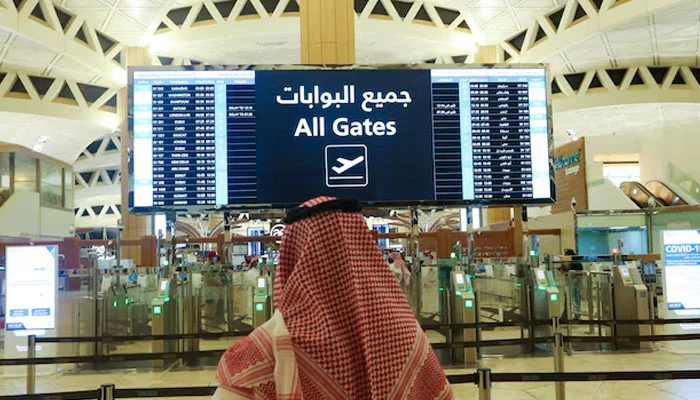In a significant development for religious diplomacy and regional cooperation, Saudi Arabia has resumed Hajj flights for Iranian pilgrims for the first time since 2015. This milestone marks a new chapter in the relationship between the two nations, reflecting the broader thaw in diplomatic ties.
Background: A Decade of Strained Relations
The suspension of Hajj flights between Saudi Arabia and Iran traces back to 2016, following the execution of Shiite cleric Nimr al-Nimr by Saudi Arabia. This event led to protests in Iran, during which the Saudi embassy in Tehran and its consulate in Mashhad were attacked. In response, Saudi Arabia severed diplomatic relations with Iran, resulting in a hiatus of Hajj flights and a significant strain in bilateral ties .
Resumption of Hajj Flights: A Symbol of Renewed Cooperation
The resumption of Hajj flights was officially announced in May 2025. Flynas, a Saudi budget airline, commenced operations from Imam Khomeini International Airport in Tehran, marking the first commercial flight for Iranian pilgrims to Saudi Arabia in nearly a decade. Additional flights from Mashhad are scheduled, with over 35,000 pilgrims expected to travel via Flynas during this Hajj season .
This development follows the broader diplomatic rapprochement between Iran and Saudi Arabia, initiated in March 2023 under a China-brokered agreement. Since then, both nations have taken steps to restore diplomatic relations, including the reopening of embassies and the resumption of direct flights between major cities .
Operational Details and Logistics
The Iranian Hajj and Pilgrimage Organization has outlined plans to dispatch approximately 85,000 pilgrims to Saudi Arabia in 2025. These pilgrims will be transported in 598 convoys, departing from 21 airports across Iran. The majority will arrive in Medina first, with a smaller portion traveling to Mecca post-Hajj rituals .
Flynas is scheduled to operate 224 round-trip flights, while Iran Air will conduct 604 round-trip flights, facilitating the transportation of a total of 108,000 pilgrims. Both airlines have coordinated to ensure seamless operations, including refueling agreements at respective airports .
Implications for Bilateral Relations
The resumption of Hajj flights signifies more than just logistical cooperation; it represents a tangible outcome of the renewed diplomatic engagement between Iran and Saudi Arabia. This development is expected to foster greater people-to-people exchanges, enhance mutual understanding, and contribute to regional stability.
Moreover, the successful implementation of this initiative could pave the way for expanded cooperation in other areas, including trade, tourism, and cultural exchanges. The resumption of Hajj flights serves as a testament to the potential for reconciliation and collaboration between the two nations, even after years of strained relations.
Conclusion
The resumption of Hajj flights between Saudi Arabia and Iran is a significant milestone in the normalization of bilateral relations. It underscores the importance of dialogue and cooperation in overcoming past grievances and building a foundation for a more peaceful and prosperous future in the Middle East.
Topics #featured #Pakistan #trending pakistan




